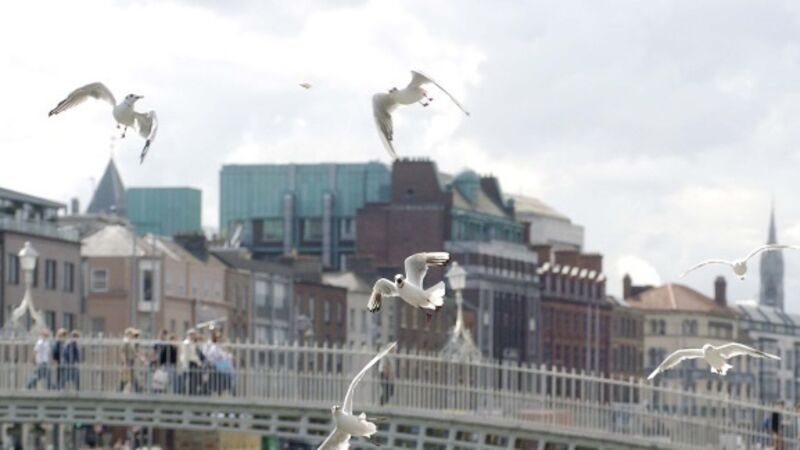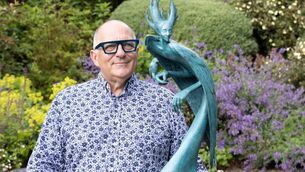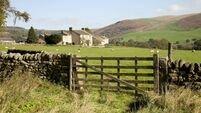Exploring the future of birds and urban nesting

By 2008, urban dwellers accounted for 50% and their numbers continue to rise. Wild creatures too are being seduced by the bright city lights. Magpies first bred in Dublin around 1850. Dr Brendan Kavanagh, studying them in the early 1980’s, found that the city had the highest density of breeding magpies to be found anywhere. More recently, foxes have moved to the suburbs where they are now more numerous than their country cousins. Peregrines are nesting on sky-scrapers and church steeples on both sides of the Atlantic. Even wolves are flirting with life in the fast lane; they are visiting town dumps in Eastern Europe. Leopards have taken to prowling the back lanes of some Indian cities at night.
The most conspicuous new urban dwellers are gulls. These scavengers nested traditionally on islands and rocky headlands but, 50 years ago, they needed more breeding space. Roofs and chimneys in towns and cities offer ideal nest locations. Waste food, discarded by slovenly humans, is a ready food source in the metropolis while built-up areas, lit at night, allow more time to forage and feed. Temperatures are higher in cities than on the windswept coastal outcrops the gulls frequented traditionally. Over 400 towns in Ireland and Britain now have nesting gulls. Urban ones escaped the outbreaks of botulism which decimated those at traditional sites.













